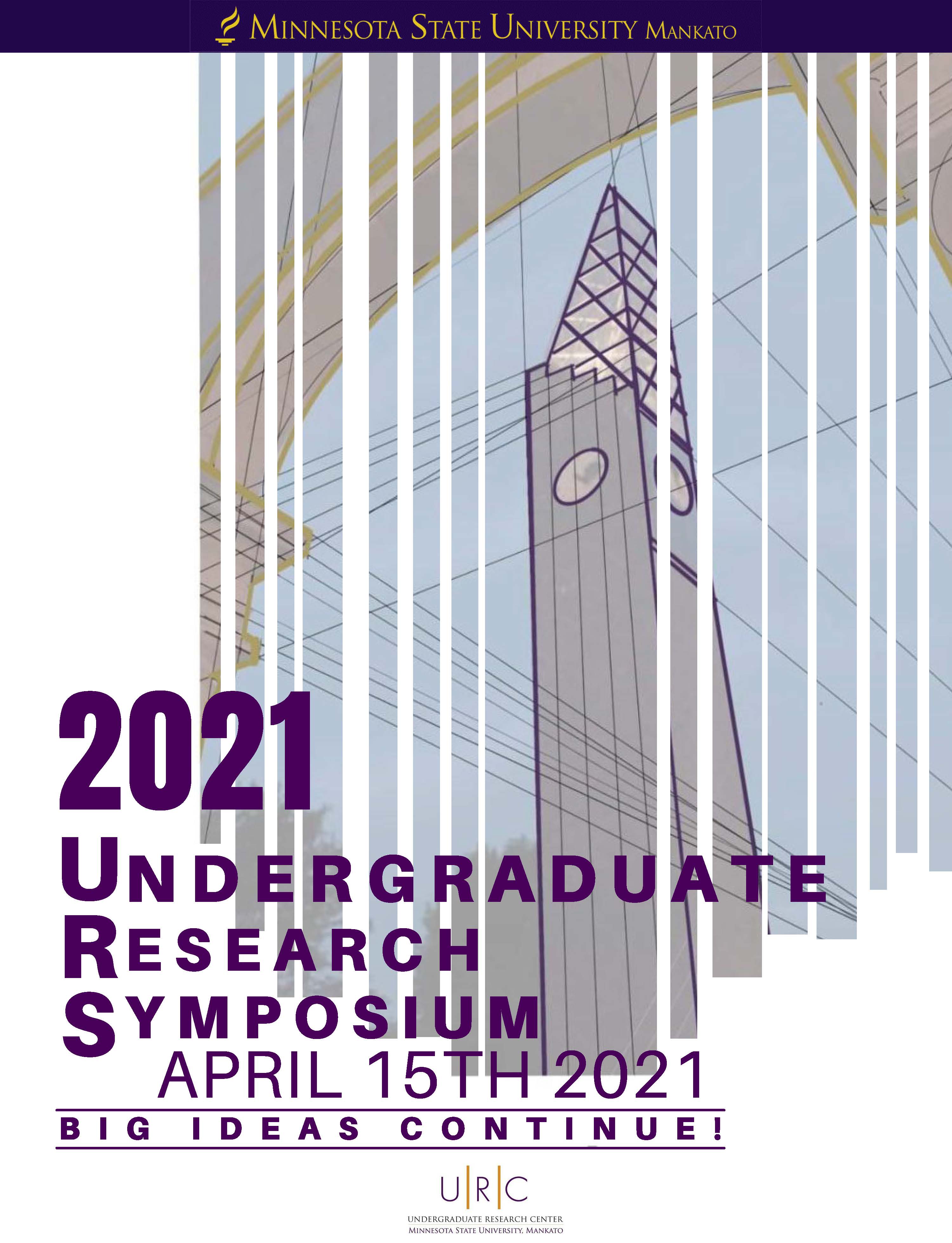Breaking Traditions in Medieval Literature: Finding Parallels in Reynard the Fox and Robin Hood
Start Date
15-4-2021 11:00 AM
End Date
15-4-2021 11:15 AM
Student's Major
History
Student's College
Social and Behavioral Sciences
Mentor's Name
Justin Biel
Mentor's Department
History
Mentor's College
Social and Behavioral Sciences
Description
In 1973, Walt Disney Productions released the animated film, Robin Hood. In this now-popular motion picture, the makers of the film portrayed the cast of the notorious fifteenth-century legend as anthropomorphic animals. The English outlaw, Robin, is specifically cast as a fox. This was not accidental. Scholars often acknowledge the influence in which the twelfth-century French tale, Reynard the Fox, had on the film's development. Academic scholars have also identified the presence of the Old French tale in England during the period in which the earliest Robin Hood ballads were produced. While scholars have acknowledged these historical connections, none have made an attempt to analyze the deeper connections between Reynard and Robin, because France and England are often discussed as having distinct literary histories. However, as the Robin Hood legend developed during the centuries of Reynard's presence in England, it becomes increasingly important to ask whether these tales share any similar elements, especially in relation to satire and government. This presentation answers this question through a literary analysis of the twelfth century’s Renard the Fox, William Caxton’s fifteenth-century English edition A History of Reynard the Fox, and the fifteenth century’s A Gest of Robyn Hode. This presentation fundamentally argues that A Gest of Robyn Hode, an early ballad of Robin Hood from the fifteenth century, shares significant parallels with the tradition of Reynard the Fox in relation to crime, authority, punishment, and satire. These parallels help to build a case for why scholars should break away from exclusive literary traditions and conduct further investigations into the literature of Reynard and Robin.
Breaking Traditions in Medieval Literature: Finding Parallels in Reynard the Fox and Robin Hood
In 1973, Walt Disney Productions released the animated film, Robin Hood. In this now-popular motion picture, the makers of the film portrayed the cast of the notorious fifteenth-century legend as anthropomorphic animals. The English outlaw, Robin, is specifically cast as a fox. This was not accidental. Scholars often acknowledge the influence in which the twelfth-century French tale, Reynard the Fox, had on the film's development. Academic scholars have also identified the presence of the Old French tale in England during the period in which the earliest Robin Hood ballads were produced. While scholars have acknowledged these historical connections, none have made an attempt to analyze the deeper connections between Reynard and Robin, because France and England are often discussed as having distinct literary histories. However, as the Robin Hood legend developed during the centuries of Reynard's presence in England, it becomes increasingly important to ask whether these tales share any similar elements, especially in relation to satire and government. This presentation answers this question through a literary analysis of the twelfth century’s Renard the Fox, William Caxton’s fifteenth-century English edition A History of Reynard the Fox, and the fifteenth century’s A Gest of Robyn Hode. This presentation fundamentally argues that A Gest of Robyn Hode, an early ballad of Robin Hood from the fifteenth century, shares significant parallels with the tradition of Reynard the Fox in relation to crime, authority, punishment, and satire. These parallels help to build a case for why scholars should break away from exclusive literary traditions and conduct further investigations into the literature of Reynard and Robin.



